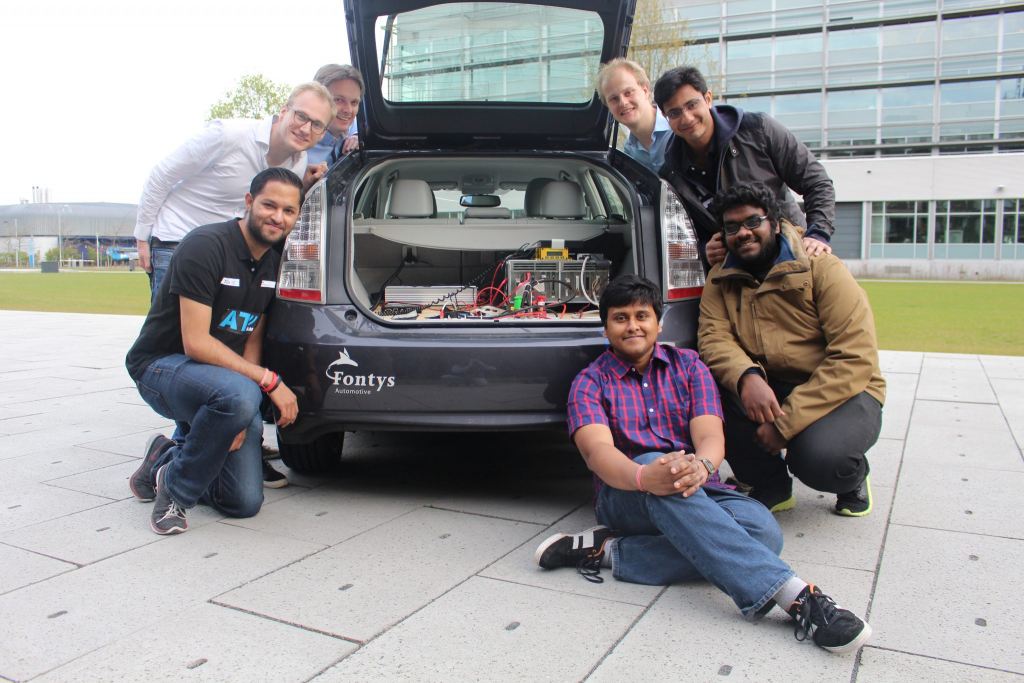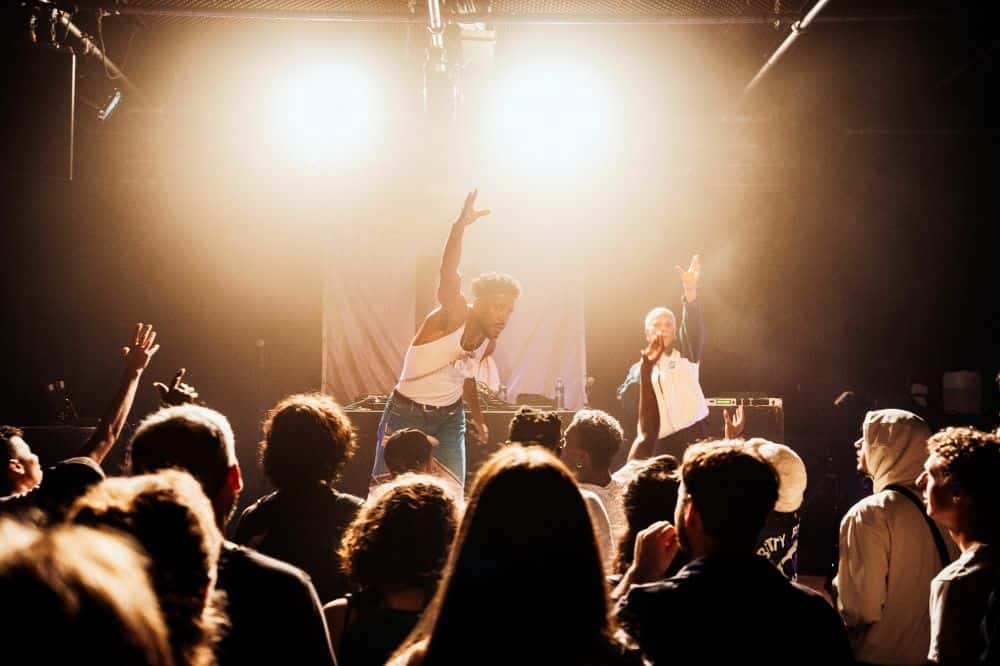
Victor Dolk of TU/e first started work on rebuilding a Toyota Prius in September. Together with his ‘Ateam’, made up out of around 30 students and employees of TU/e Fontys and HAN, he is preparing the car go for a ride down the A270 highway between Helmond and Eindhoven. However, it’s not just any stroll. The car will have to drive and take decisions for itself.
 E52 publishes a series of articles in preparation for the Dutch Technology Week (23-29 May). This is the twelfth part. Here the earlier parts.
E52 publishes a series of articles in preparation for the Dutch Technology Week (23-29 May). This is the twelfth part. Here the earlier parts.
The Ateam will take part in the Grand Cooperative Driving Challenge (GCDC) during Dutch Technology Week. The Toyota will be driving among 9 other vehicles divided over two highway lanes. At one point, they will have to merge to get one of the lanes together. No easy task. “The biggest challenge is to get the car to know which of the received and measured data is relevant to make a decision on when to switch lanes”, says Dolk.
Cooperative driving will work best when different sorts of cars will learn to communicate with one and other
The Ateam’s car constantly communicates with the other partaking cars in the challenge. “Not only that, the car also gets impulses which helps it read the road. It has to be able to judge which data is relevant and how it should respond to that.”
Safety workshop
In early April, the challenge-cars were put to the test during a Safety Workhsop in Spain. “Not all cars were ready by then, but we have been able to construct an idea on how to get the cars to respond safely if something unexpected happens.” During the challenge participants will take place in the driver seat to function as an emergency stop. “After all, what do you do when technology fails and the cars can no longer communicate? We don’t have a good answer for that yet.”
The Grand Cooperative Driving Challenge (GCDC) is a highlight in the i-GAME project, a Eropean research-project. To partake in the challenge, the TU/e has joined forces with TNO and Fontys. Both already had worked on the Toyota that will be used in May. Where to cars will have to merge lanes and do tasks such as deciding which car will get priority when approaching an intersection.

Importance
According to Henk Nijmeier, Automotive Technology Professor at TU/e, it’s important that different types and brands of cars join the challenge. Currently there are cars on the market that are able to decide these things for themselves. They posses ‘Cooperative Adaptive Cruise Control.’
“But there’s no use in that if the car in front of you doesn’t have the same system. Cooperative driving works best when all different cars have a way of communicating to each other”, says Nijmeier.
Nijmeier says the importance of the challenge lies within the possibility to increase the flow of traffic on our roads. The university could help in kickstarting that process.
 “Right now, modifying the vehicle is expensive. We have to create every bolt and screw. The car industry should be able to help in making this a cheaper process.”
“Right now, modifying the vehicle is expensive. We have to create every bolt and screw. The car industry should be able to help in making this a cheaper process.”
“But they can’t carry it all by themselves. We (independent research institutes) should help them develop cooperative driving for many different types of vehicles.” The challenge might further ignite that process.






